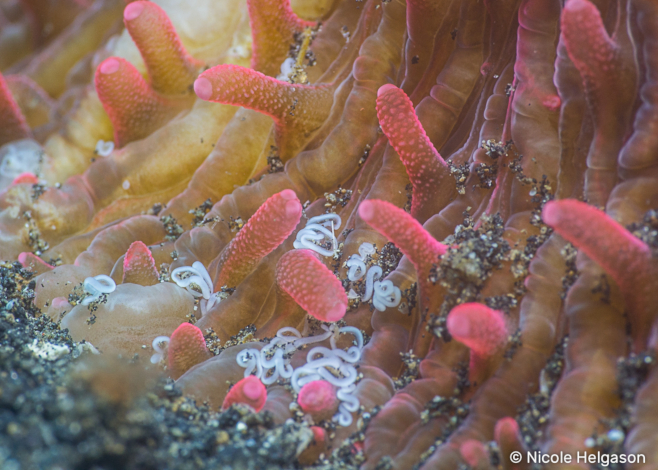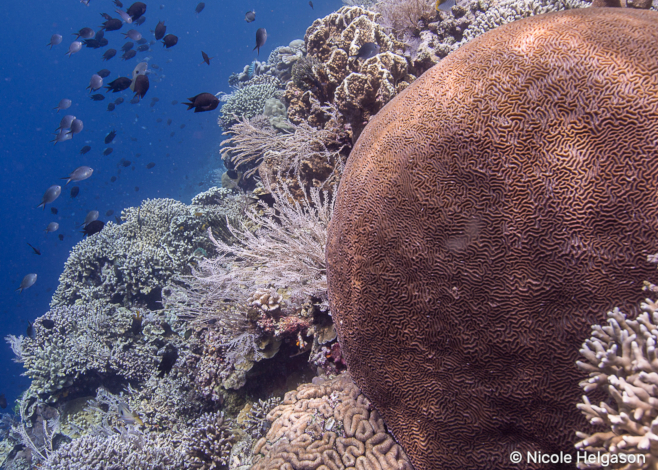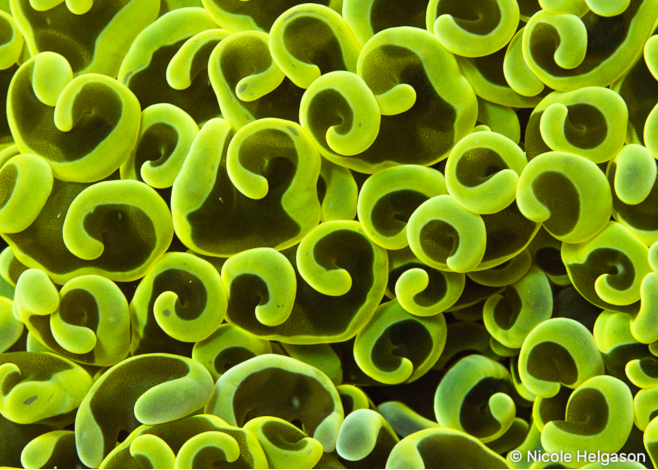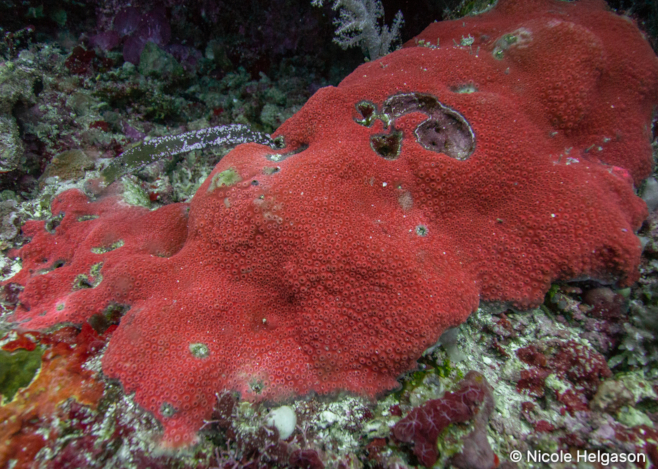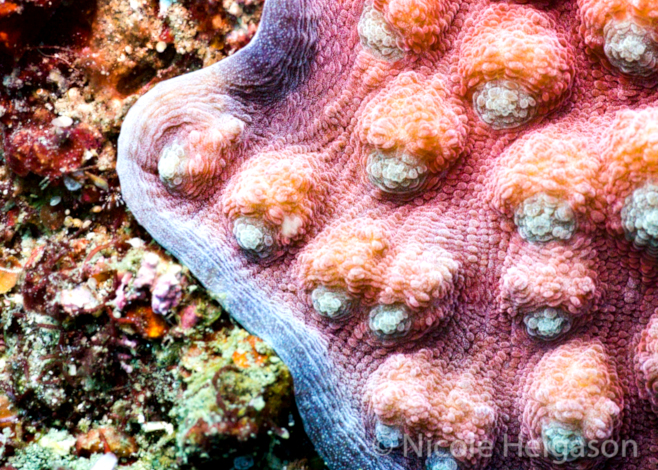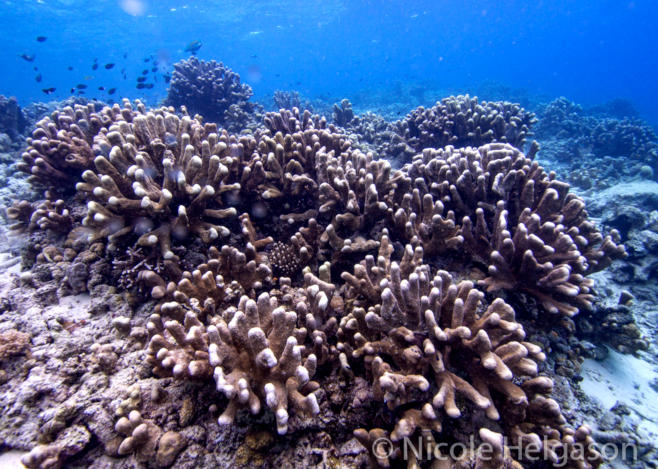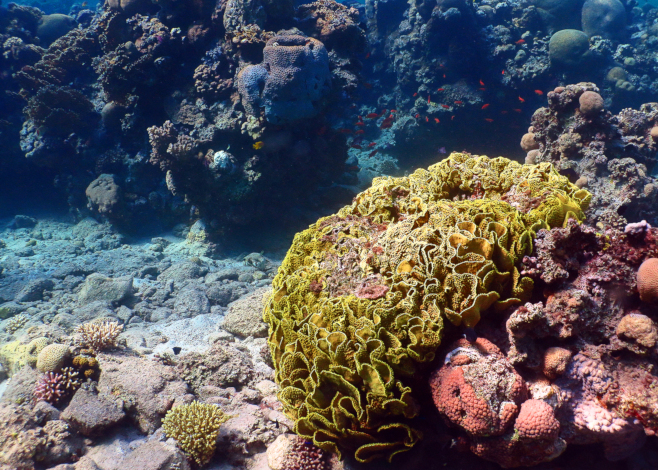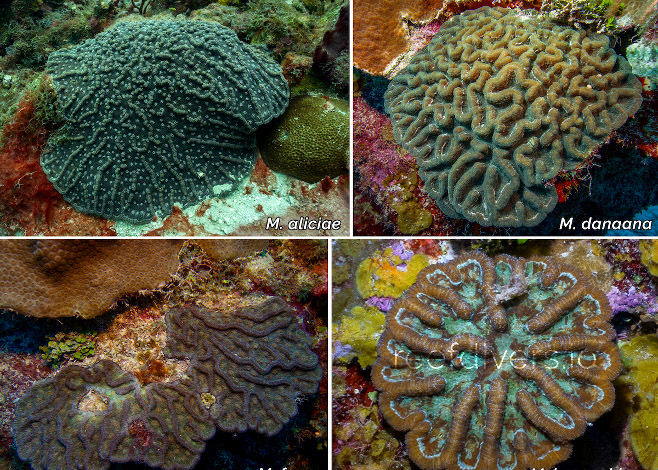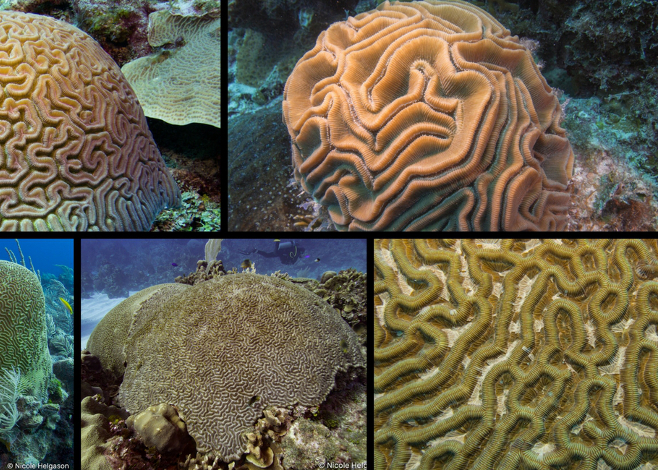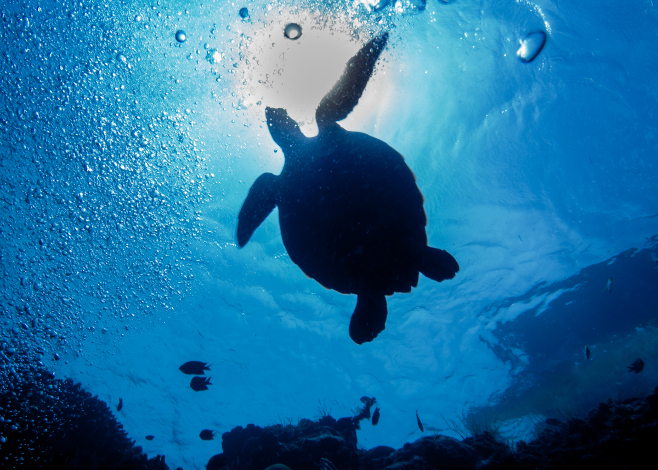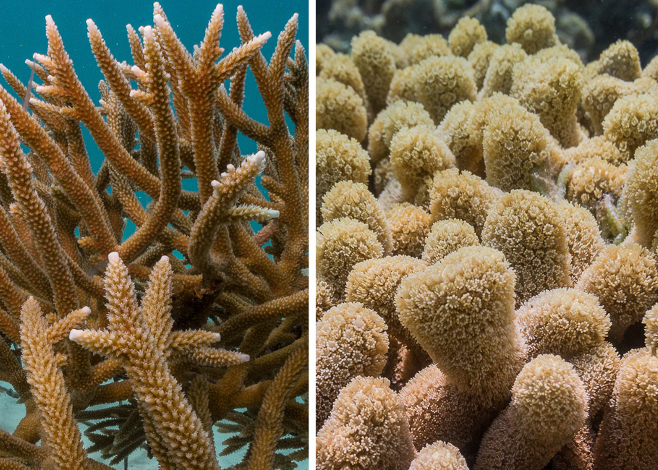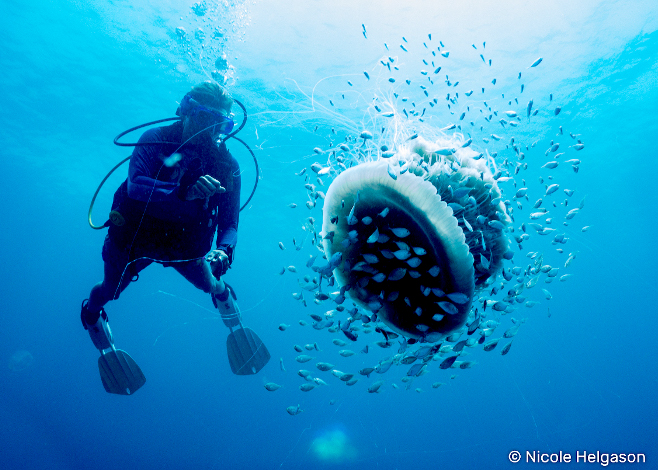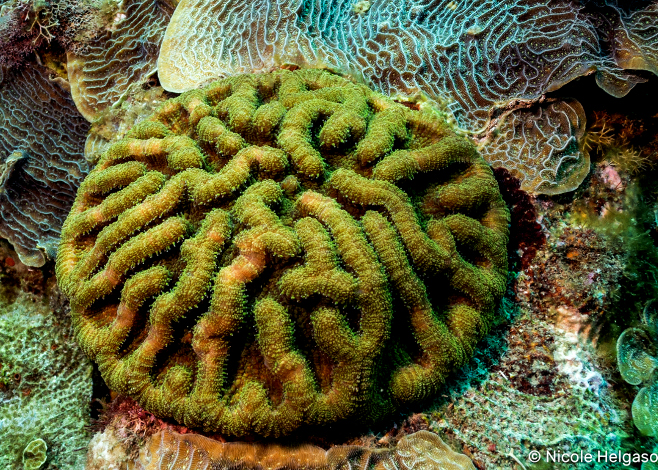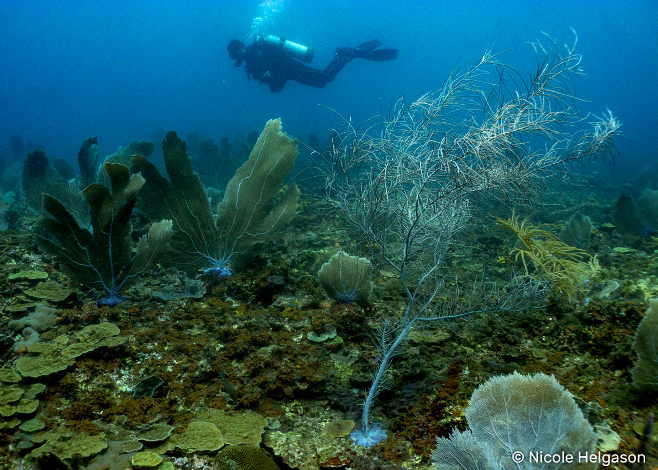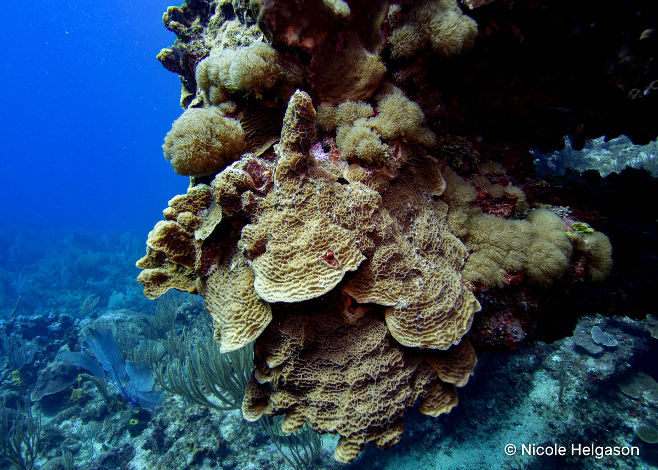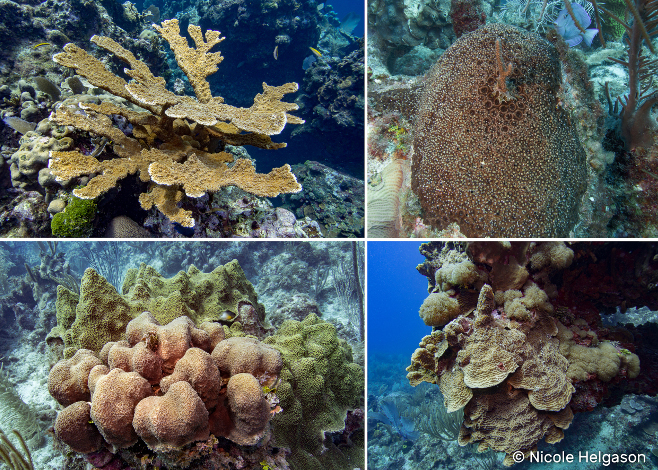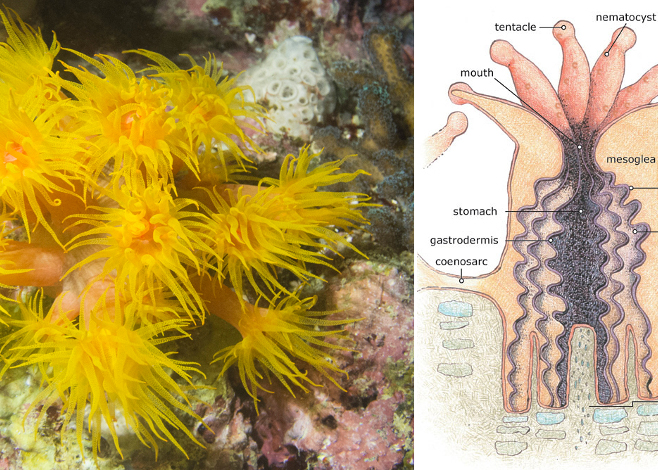Most corals are colonial animals with hundreds to thousands of tiny polyps, but solitary corals of the Indo-Pacific are a single-polyp species that lives freely on the ocean floor.
Nicole Helgason
Meandering corals are often called brain corals because they form round colonies resembling brains. Learn how to tell them apart with our guide here.
With their flowing texture and bright colors, it’s easy to mistake large polyp corals of the Indo-Pacific for soft corals. Here’s how to identify them.
Properly identifying coral can add another dimension to any reef dive. Today we’ll introduce encrusting corals of the Indo-Pacific and offer tips for identification.
Plating corals are some of the most common on Indo-Pacific reefs. Here’s your guide to identifying them on your next dive.
Corals grow in several unique forms, but none are more recognizable than branching species. Here’s our introduction to the branching corals of the Indo-Pacific.
Our introduction to hard corals of the Indo-Pacific will help you identify these reef-building corals on your next dive.
Bright, multicolored cactus corals grow in every habitat from the shallowest to the deepest parts of the reef. Here’s how to identify them on your next dive.
Chances are the first time you went scuba diving you saw a brain coral. There are four types in the Caribbean: here’s how to identify them on your next dive.
It may take some effort to get to the northern coast of Sulawesi for the Passport to Paradise dive trip, but the reward is well worth the journey.
Acropora corals, commonly known as staghorn or elkhorn corals, are one of the most abundant — and recognizable — corals worldwide.
Star coral may not be the flashiest species, but this vital reef-building coral dominates Caribbean reefs. Here’s how to identify star coral when you see it on your next dive.
Although it takes a bit of work to access, the scuba diving in Tela, Honduras, is well worth the effort.
Underwater photography tends to focus on megafauna or macro animal subjects. But learning how to identify and photograph corals can be just as exciting.
You won’t look at the reef as a mere backdrop once you know some basic Caribbean coral identification. Today we look at soft corals.
Once you stop looking at the reef as mere backdrop, each dive becomes more exciting. Knowing some basic Caribbean coral identification will enrich every dive.
Now that we’ve covered the basics of what constitutes a coral and how to tell the difference between soft and hard varieties, we will delve deeper into hard-coral biology.
It’s easy to think of corals as the background on your dives, but if you learn about coral biology, you’ll be amazed at the diversity in front of your eyes.


